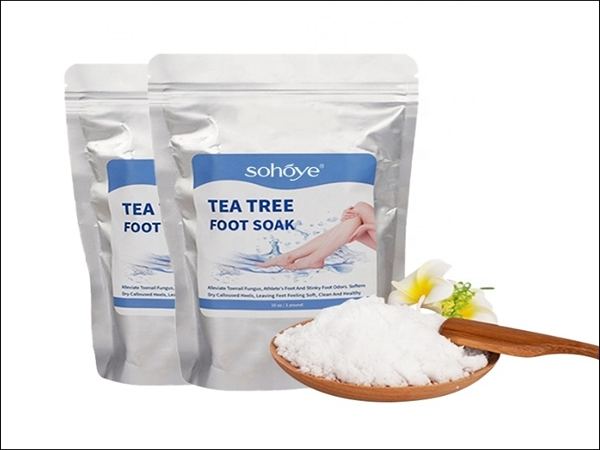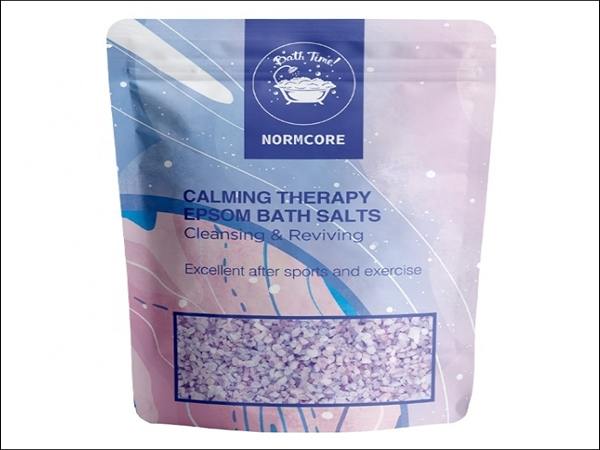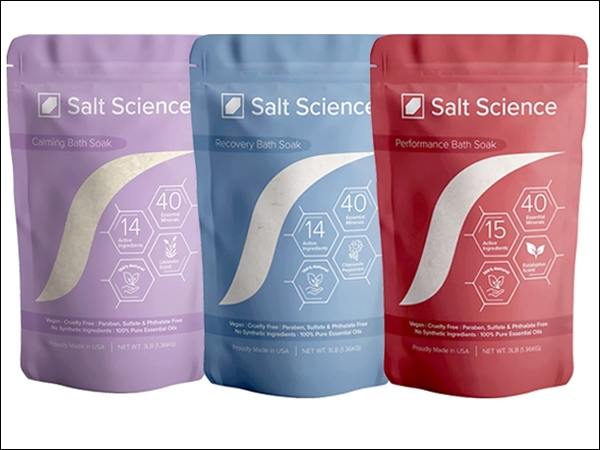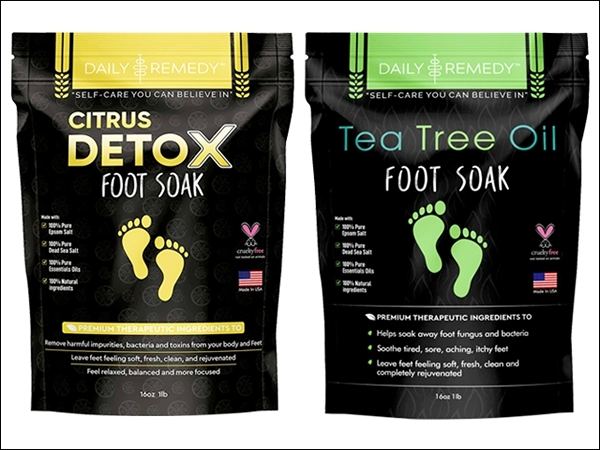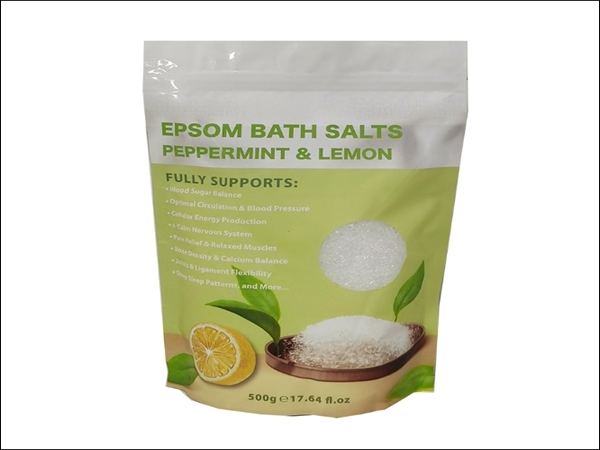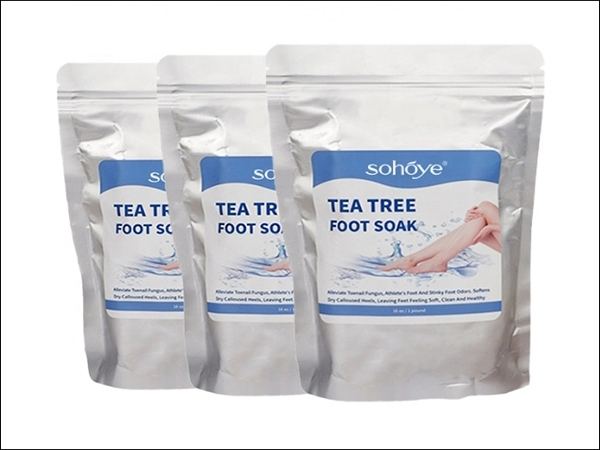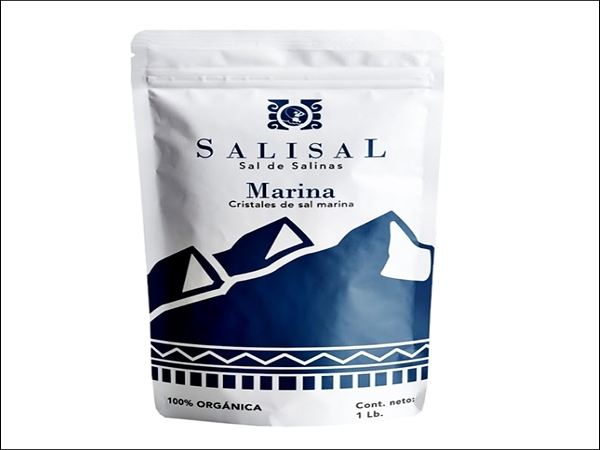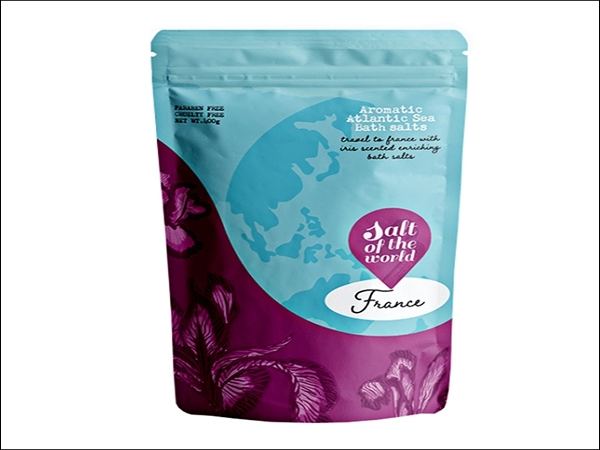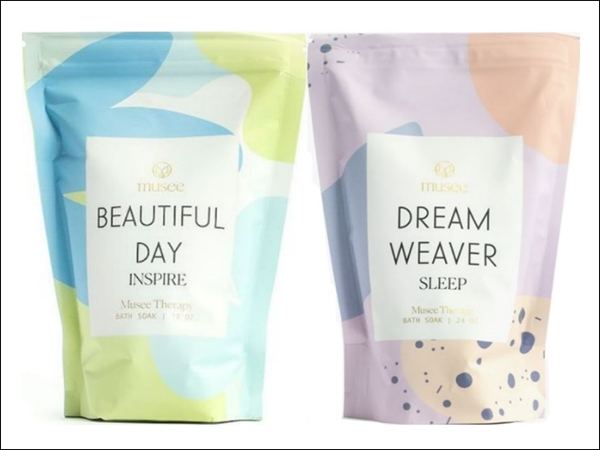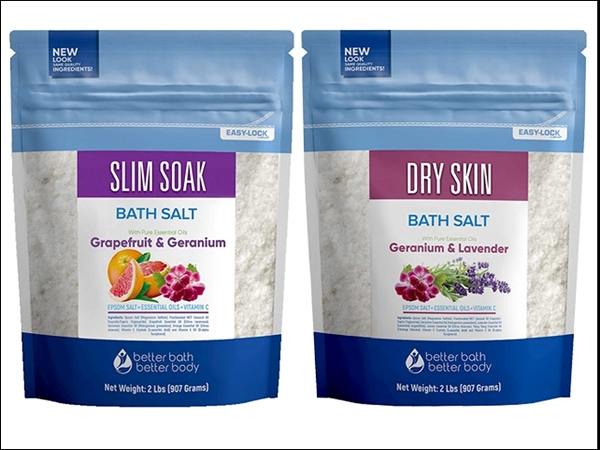1. What are the best eco-friendly materials for bath salt packaging?
There are several eco-friendly materials that are suitable for bath salt packaging, including:
Biodegradable plastics – These are made from plant-based materials and break down naturally over time, reducing their environmental impact.
Recyclable plastics – These are made from materials that can be recycled and reused, reducing waste and conserving resources.
Paper – Paper is a renewable and biodegradable material that can be recycled and is often used for bath salt packaging.
Glass – Glass is a reusable and recyclable material that provides a premium and sustainable packaging option for bath salts.
Metal – Metal, such as aluminum or tin, is a durable and recyclable material that can provide a high-quality packaging option for bath salts.
2. What are the latest trends in bath packaging design?
The latest trends in bath packaging design include:
Minimalism – Simplistic and minimalistic designs are becoming increasingly popular, with a focus on clean lines and neutral colors.
Sustainability – Consumers are increasingly interested in eco-friendly and sustainable packaging options. This has led to a rise in the use of recycled materials, biodegradable plastics, and reusable packaging.
Customization – Customized packaging designs are becoming more common, with brands using unique colors, patterns, and textures to create a distinct brand identity and enhance the consumer experience.
Transparency – Consumers are interested in knowing more about the products they use, and packaging designs that provide transparent windows or clear labels are becoming more popular.
Convenience – Packaging designs that offer conveniences, such as resealable bags or travel-sized packaging, are becoming more popular as consumers seek out products that fit their busy lifestyles.
Retro – Retro designs are making a comeback, with brands using vintage-inspired colors, typography, and graphics to create a nostalgic and authentic feel.
Overall, the latest trends in bath packaging design reflect a growing interest in sustainability, customization, and convenience, as well as a desire for transparent and authentic branding.

